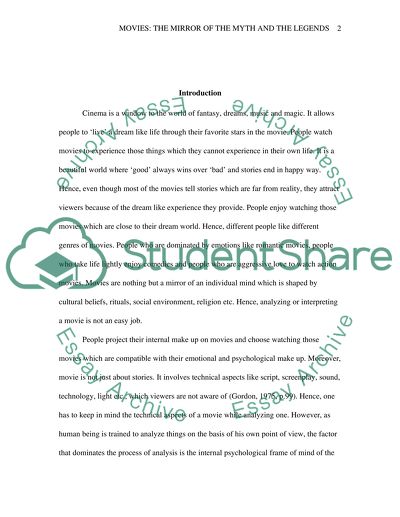Cite this document
(“Movie Reflection Research Paper Example | Topics and Well Written Essays - 2500 words”, n.d.)
Retrieved from https://studentshare.org/family-consumer-science/1406144-movie-reflection
Retrieved from https://studentshare.org/family-consumer-science/1406144-movie-reflection
(Movie Reflection Research Paper Example | Topics and Well Written Essays - 2500 Words)
https://studentshare.org/family-consumer-science/1406144-movie-reflection.
https://studentshare.org/family-consumer-science/1406144-movie-reflection.
“Movie Reflection Research Paper Example | Topics and Well Written Essays - 2500 Words”, n.d. https://studentshare.org/family-consumer-science/1406144-movie-reflection.


